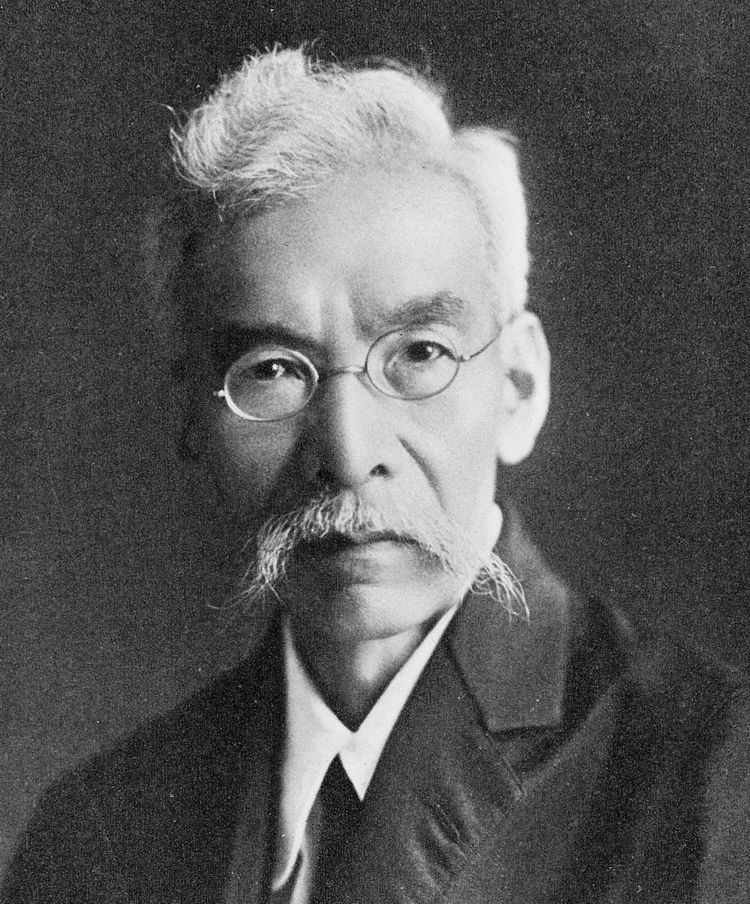Nationality Japanese Name Katsusaburo Yamagiwa | Fields Pathology | |
 | ||
Born 23 February 1863
Ueda, Shinano Province, now Nagano Prefecture ( 1863-02-23 ) Died 2 March 1930(1930-03-02) (aged 67)
Tokyo, Japan Institutions Imperial University of Tokyo Alma mater Imperial University of Tokyo Known for Chemical carcinogenesis | ||
Katsusaburo Yamagiwa (山極 勝三郎, Yamagiwa Katsusaburo, 23 February 1863 - 2 March 1930) was a Japanese pathologist who carried out pioneering work into the causes of cancer. He was the first to prove chemical carcinogenesis.
Contents
He was the Nobel Prize Nominee in 7 nominations.
Life
Yamagiwa was born in Ueda, Nagano, the third son of the feudal retainer of the Ueda Domain in Shinano Province. He became the adopted son-in-law of Yoshiya Yamagiwa, a physician in Katsuya, Tokyo, and took the surname Yamagiwa. He completed his MD in 1888 from Imperial University of Tokyo. He was appointed as a professor at the Medical School, Imperial University of Tokyo and published his landmark work, Byori Soron Kogi, in 1895.
Yamagiwa did all he could for the promotion of cancer research in Japan. In 1907 Cancer Science, peer-reviewed medical journal covering research in oncology, was first issued by him. In addition, he and his colleagues found the Japanese Foundation for Cancer Research in 1908.
He died in Tokyo of pneumonia in 1930 at the age of 67.
Contribution
In a series of experiments conducted in 1915, Yamagiwa and his assistant Koichi Ichikawa (1888 – 1948) induced squamous cell carcinomas on the ears of rabbits using coal tar, demonstrating the latter's carcinogenic properties.
Missed out on Nobel Prize
The 1926 prize went to Johannes Andreas Grib Fibiger, "for his discovery of the Spiroptera carcinoma, a microbial parasite which Fibiger claimed was the cause of cancer. This "finding" was discredited by other scientists shortly thereafter. Moreover, Katsusaburo Yamagiwa, only two years later in 1915 successfully induced squamous cell carcinoma by painting crude coal tar on the inner surface of rabbits' ears. Yamagiwa's work has become the primary basis for this line of research. Because of this, some consider Fibiger's Nobel Prize to be undeserved particularly because Yamagiwa did not receive the prize.
In Japan, some documents was pointed out to Nobel committee make an error due to white supremacy. In 1966, the former committee member Folke Henschen claimed "I was strongly advocate Dr. Yamagiwa deserve the Nobel Prize, but unfortunate it did not realize". Encyclopaedia Britannica's guide to Nobel Prizes in cancer research mentions Yamagiwa's work as a milestone without mentioning Fibiger.
Recognition
Yamagiwa and Ichikawa shared the Japan Academy Prize in 1919 for their work.
